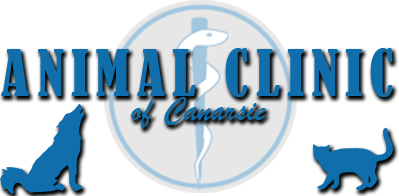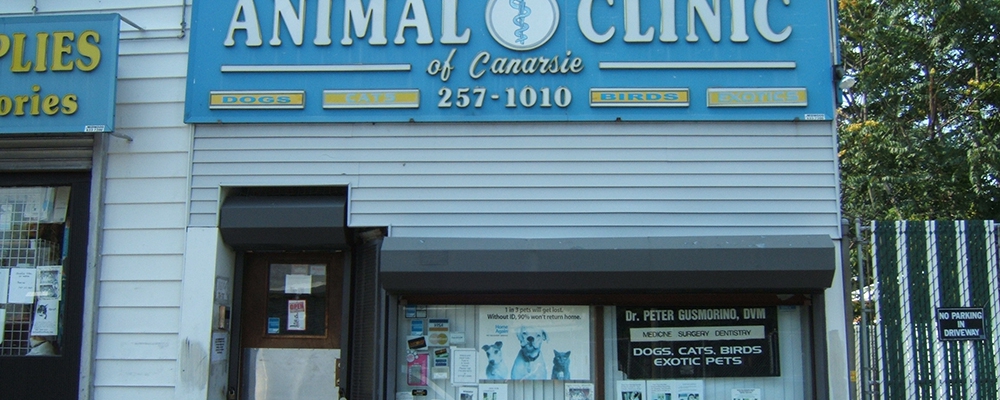Attention:
Animal Clinic of Canarsie has closed
Dr. Gusmorino can be found at the following location(s):
Ivy Pets
1930 Avenue M, Brooklyn,
New York 11230
1930 Avenue M, Brooklyn,
New York 11230
Please call 718 820-0002 and ask to schedule an appointment with Dr. Gusmorino.

